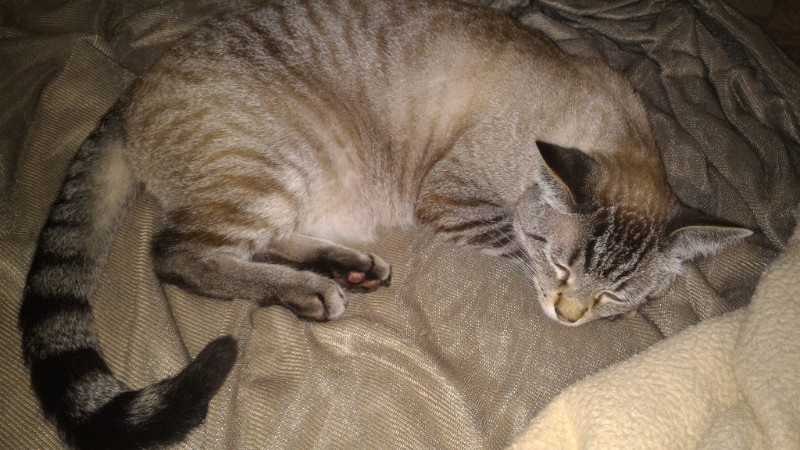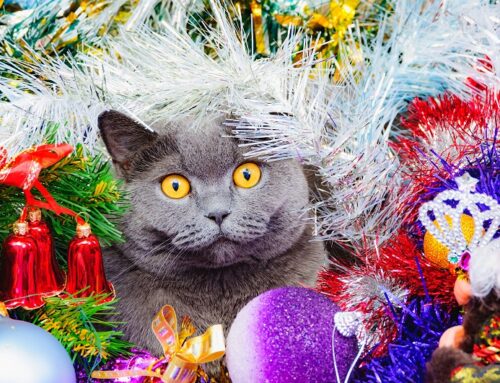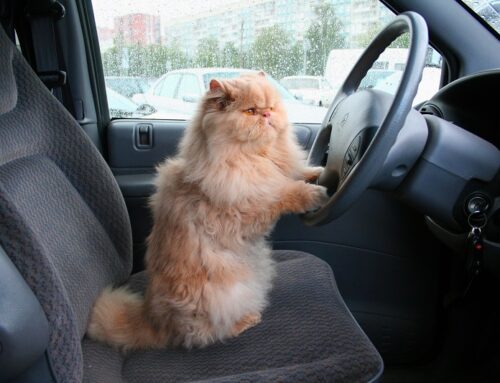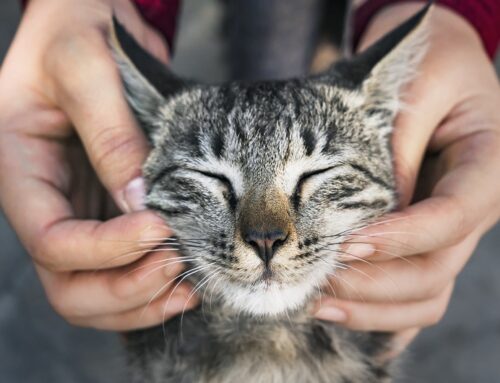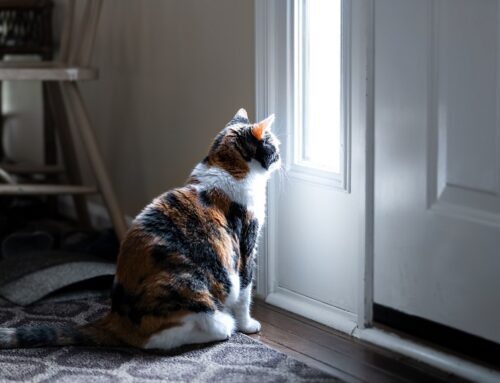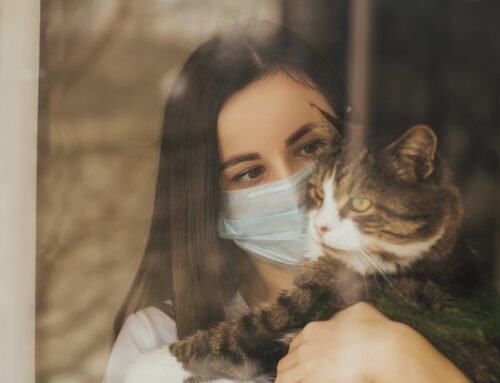I have often heard it mentioned that cats have poor kidneys due to the fact that so many cats develop kidney disease. While it is true that kidney failure is a leading cause of death for older cats, it is not true that they have poor kidneys. In fact, the exact opposite is true: feline kidneys are quite efficient! This is because our kitties’ ancestors lived in desert climates, and their main source of water was from the food they ate. As a result–if needed, cats can survive on salt water (but it’s not recommended)!
So, why are cats so prone to kidney disease? First of all, there are two types of kidney disease–acute and chronic. Acute kidney disease is typically caused by infection or toxin exposure and often occurs suddenly. Chronic kidney disease (CKD) can take months or even years to develop, as it is associated with “wear and tear” over time. For most senior cats, kidney disease is going to be chronic. But, why is it so common? So far there is no consensus; research has been done looking at various viruses, low-grade toxin exposure, vaccines, and many other factors. Yet, no correlation has been found. Personally, I think there is (at least partly) a “use and abuse of a good thing” to blame. Domestic cats, presumably, live longer lives than their ancestors, and most do not eat anything close to a “natural” diet. They live their lives in a constant state of subclinical dehydration (see the January 2015 newsletter for more information on cats and water). Also, cats in “early” disease typically do not have any symptoms, or they may be very mild. The most frequently reported symptom is an increase in drinking and urination. Many other early symptoms such as sleeping more or not using the litter box well are associated with “old age,” and this may be dismissed or not observed by owners. Cats do not show obvious symptoms such as vomiting or weight loss until they are in kidney failure; at which point, not much can be done to slow down progression of the disease.
Knowing this, what do you do if your cat does develop CKD? The first–and most difficult–step is to diagnose it. CKD is diagnosed based on blood and urine analysis, but diagnosing CKD can be difficult for several reasons: 1.) the traditional kidney enzymes on blood work, BUN and creatinine, are not increased due to CKD until most of BOTH kidneys are non-functional. This means that “early” disease is actually fairly advanced by the time of diagnosis; 2.) BUN and creatinine values are affected by other factors such as dehydration and muscle mass, which can confuse a diagnosis. A urine sample can help with differentiation. However, there is also a new (and exciting!) blood test called SDMA that can detect CKD as early as 50% loss of kidney function; 3.) as previously mentioned, cats in “early” kidney disease do not show obvious symptoms of illness. This is one reason that annual blood testing is recommended for all cats 10 years and older. In this way, we catch any changes in lab values before symptoms are noted and at a stage where medical intervention can still slow down progression of disease.
There is nothing that can be done to stop the progression of CKD, but there are medications that can help slow down the process. The first medication-supplement of choice is called calcitriol. Calcitriol is a form of vitamin D that is produced by the kidneys, and as kidney cells are slowly lost, so is the level of calcitriol in the body. The main role of calcitriol, in relation to kidney function, is helping with the regulation of calcium and phosphorus levels in the body. Calcitriol works best when therapy is started before the blood phosphorus level starts to increase. As with many diseases, diet is also very important. There are a number of prescription diets available, and they work wonderfully for dogs–but are not so great for cats. Renal diets are designed to be low in animal-source proteins to help keep the phosphorus level low. The only problem is that cats must have animal-source proteins in their diet. Remember, from previous blog posts Cats and Their Diet – Overview and Cats and Their Diet – Part 2 Fat And Protein, that cats are true carnivores and do not have the ability to utilize plant proteins. This means that if cats do not get the necessary proteins in their diet, they will get them anywhere they can, which is usually their own muscle mass. Since I have stopped using renal diets in most of my CKD cases, I have noticed that almost all cats have maintained good weight and muscle mass until signs of end-stage disease develop. Other treatments and medications are sometimes added on a case-by-case basis, and can include subcutaneous fluids, phosphorus binders, pain medication, appetite stimulants, and others.
This is a basic overview of CKD, but the main take-home message is that “early” diagnosed CKD is not really that early. Also, a kidney disease diagnosis is not always straight-forward. Our feline friends have amazing kidneys and can survive, with help, on the equivalent of half a kidney. Even though CKD is a common and often fatal disease of older cats, many of our feline friends can live happy and comfortable lives for many years–if early, routine screenings are performed!
From all of us at Cats On Broadway Hospital, we wish you and your feline friends a very Merry Christmas and a prosperous New Year! =^__^=



